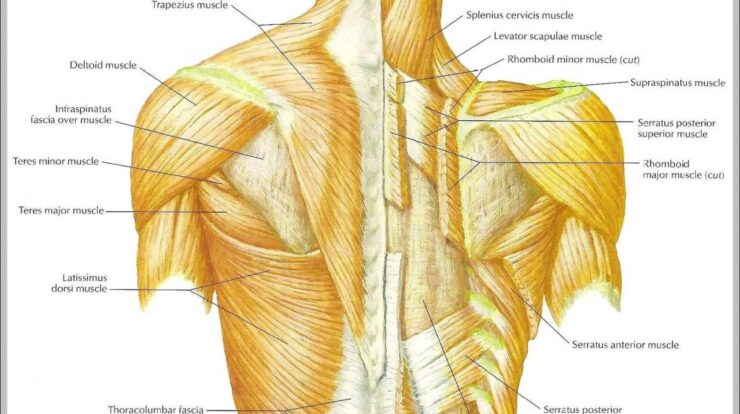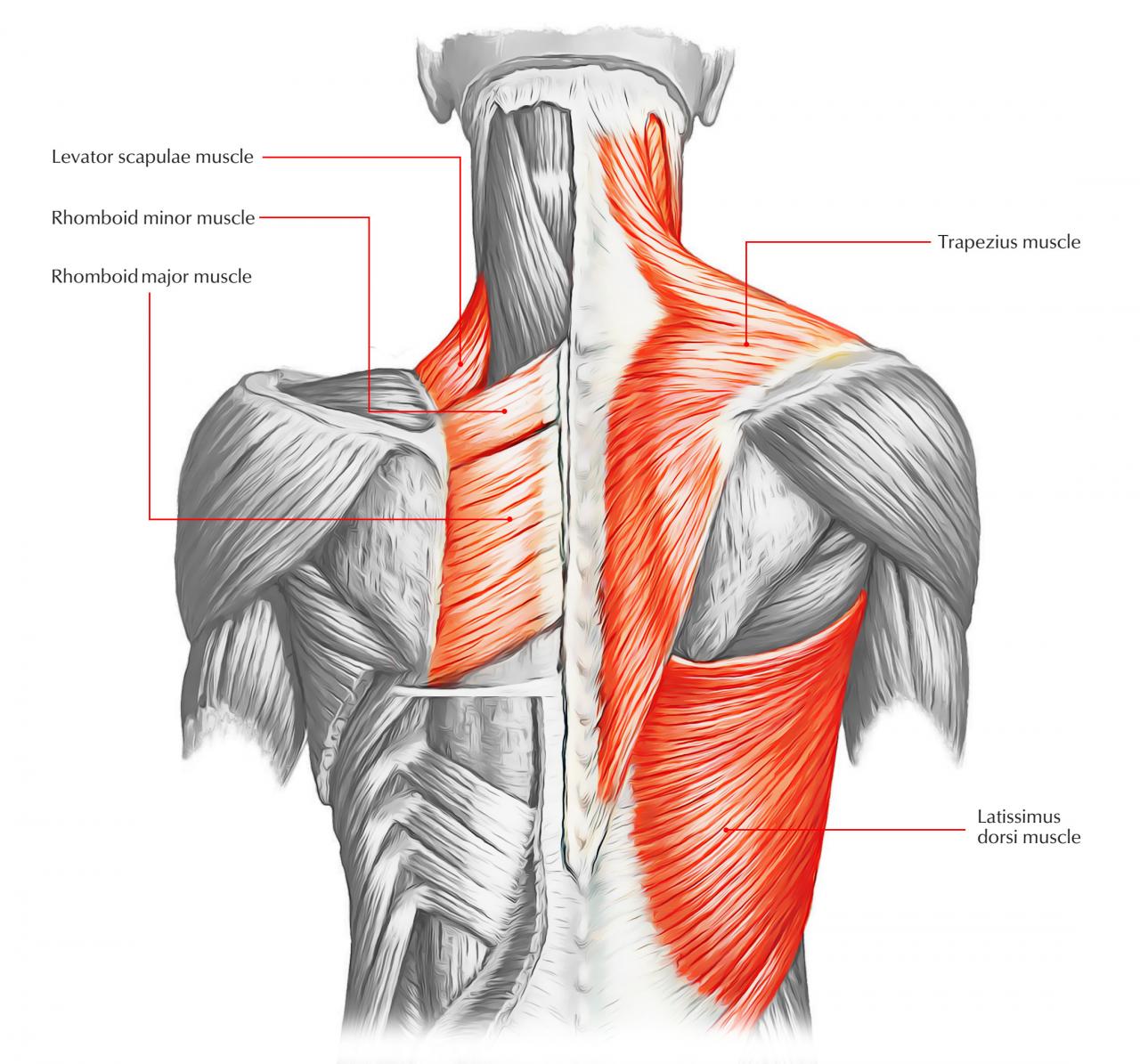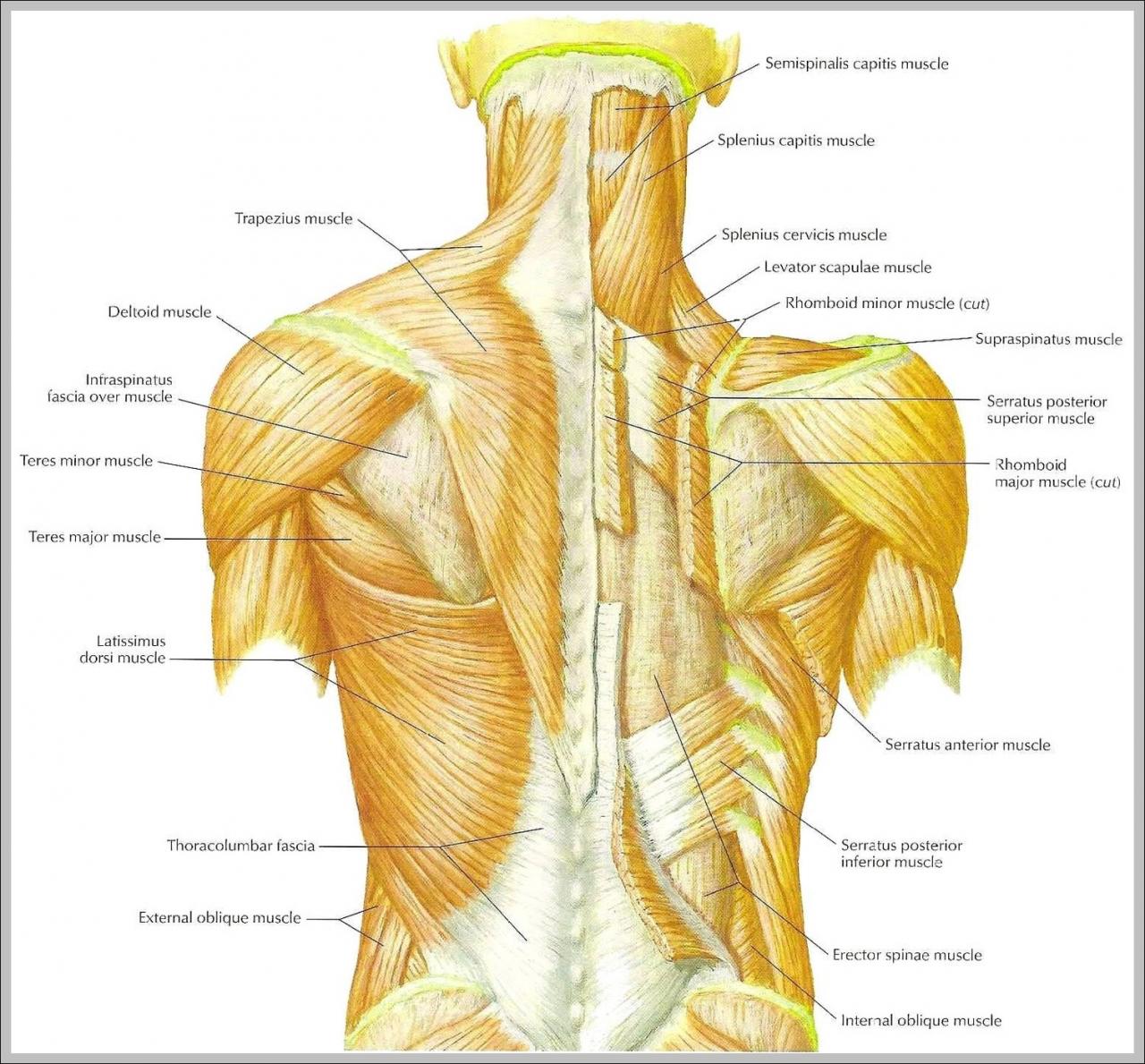
Back muscles, the unsung heroes of our bodies, play a pivotal role in posture, movement, and stability. Understanding their anatomy, strengthening them through effective exercises, and rehabilitating them after injuries are crucial for overall health and well-being.
From the intricate network of muscles that support the spine to exercises tailored for different fitness levels, this comprehensive guide delves into the world of back muscles, empowering you with the knowledge and tools to maintain a strong and healthy back.
Back Muscles Anatomy
The back muscles are a complex and important group of muscles that support the spine, facilitate movement, and maintain posture. They are located on the posterior side of the body, extending from the base of the skull to the pelvis.The
major back muscles include:
- Trapezius: Extends from the base of the skull to the middle of the back, responsible for shrugging and rotating the shoulder blades.
- Latissimus dorsi: The largest back muscle, located on either side of the spine, responsible for pulling the arms down and back.
- Rhomboids: Located between the shoulder blades, responsible for retracting and rotating the shoulder blades.
- Erector spinae: A group of muscles that run along the spine, responsible for extending and rotating the spine.
- Multifidus: Located deep to the erector spinae, responsible for stabilizing the spine and preventing excessive rotation.
These muscles work together to perform a wide range of movements, including:
- Extending and rotating the spine
- Pulling the arms down and back
- Retracting and rotating the shoulder blades
- Stabilizing the spine and preventing excessive rotation
Strong back muscles are essential for maintaining good posture, preventing back pain, and performing everyday activities efficiently.
Back Muscle Exercises
To strengthen and develop the back muscles, it is important to incorporate exercises that target these muscles specifically. Here are some effective back muscle exercises:
Bodyweight Exercises, Back muscles
- Pull-ups: Grasp a pull-up bar with an overhand grip and pull yourself up until your chin is above the bar.
- Chin-ups: Similar to pull-ups, but with an underhand grip.
- Inverted rows: Hang from a bar with your arms extended and pull yourself up until your chest is level with the bar.
Resistance Exercises
- Barbell rows: Hold a barbell with an overhand grip and row it towards your chest.
- Dumbbell rows: Similar to barbell rows, but using dumbbells.
- Lat pulldowns: Sit at a lat pulldown machine and pull the bar down towards your chest.
These exercises can be modified to accommodate different fitness levels and equipment requirements. It is recommended to start with a weight that is challenging but allows you to maintain good form. Gradually increase the weight as you get stronger.
Back Muscle Injuries

Back muscle injuries are common, especially among individuals who engage in strenuous activities or have poor posture. Here are some common back muscle injuries:
- Muscle strains: Occur when a muscle is overstretched or torn.
- Sprains: Occur when a ligament is stretched or torn.
- Herniated disc: Occurs when the soft, jelly-like center of an intervertebral disc pushes through the tough outer layer.
Symptoms of back muscle injuries may include:
- Pain
- Stiffness
- Muscle spasms
- Weakness
- Numbness or tingling
To prevent back muscle injuries, it is important to use proper technique when lifting weights, maintain good posture, and warm up before exercising.
Stiff and tight muscles can lead to back pain by putting pressure on the nerves and blood vessels in the back. How can stiff and tight muscles result in back pain? There are a number of exercises that can help to relieve lower back pain, such as lower back exercises at home .
Back Muscle Rehabilitation

Rehabilitating back muscles after injuries or surgeries is essential for restoring function and preventing further damage. Here are some guidelines for back muscle rehabilitation:
Stretching
- Hamstring stretch: Stand with your feet shoulder-width apart and bend forward at the waist, reaching towards your toes.
- Quadriceps stretch: Stand with your feet shoulder-width apart and bend one knee, grabbing your ankle and pulling it towards your buttocks.
- Calf stretch: Stand with your feet shoulder-width apart and place one foot behind the other, bending your front knee and leaning into the stretch.
Strengthening
- Pelvic tilts: Lie on your back with your knees bent and your feet flat on the floor. Tilt your pelvis towards your spine, flattening your lower back.
- Bird dog: Start on your hands and knees, then extend your right arm forward and your left leg backward, keeping your back flat.
- Superman: Lie on your stomach with your arms and legs extended. Lift your arms and legs off the ground simultaneously, keeping your back flat.
It is important to follow the advice of a healthcare professional when rehabilitating back muscles. Rest, nutrition, and lifestyle modifications may also be necessary to facilitate recovery.
Final Wrap-Up: Back Muscles

In conclusion, back muscles are the foundation of a strong and healthy body. By understanding their anatomy, performing targeted exercises, and implementing proper rehabilitation techniques, we can unlock their full potential, ensuring optimal posture, movement, and overall well-being.
FAQ Guide
What are the most common back muscle injuries?
Strains, sprains, and herniated discs are among the most prevalent back muscle injuries.
How can I prevent back muscle injuries during exercise?
Proper form, warming up, and avoiding excessive weight are essential for preventing injuries.
What is the best way to rehabilitate back muscle injuries?
A combination of rest, stretching, strengthening exercises, and lifestyle modifications is recommended for effective rehabilitation.





